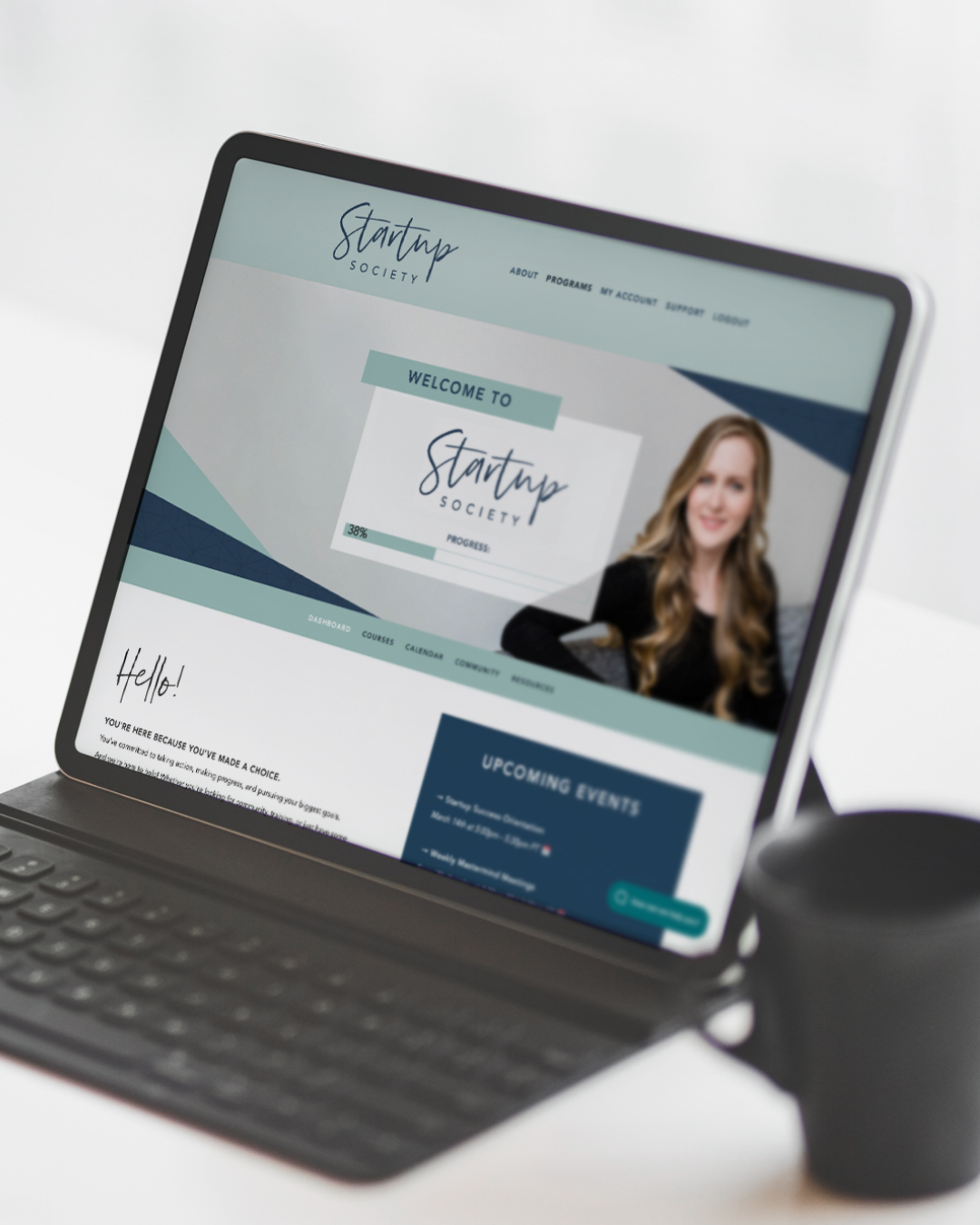Foundational Principles for a STRONG Personal Brand
Design a Brand Your Customers Will LOVE
You’ve been hearing a lot about personal branding lately, haven’t you? It’s a hot topic in the business community! It seems like everyone is talking about branding and how important it is.
Feel like you’re missing out? Want some of the great benefits of good personal branding (like customers who love you and a thriving business), but not really sure where to start?
Before you just pick a few of your favorite colors and a cute font, there are a few things you should consider to have your brand really make the impact you want it to. We need to look at some of the more “fundamental” elements that really make your business and style what you want it to be so that you have a foundation to create your brand on.
Know Yourself
“Know yourself” that’s a big one to start out with! Easier said than done, right?
But really, this doesn’t have to go super deep, and of course you’re an ever changing and growing person. Who you are is constantly evolving, and your tastes and opinions will continue to change over time.
However, you do need to get a basic handle on your values and preferences, because your personal brand has to be true to YOU, and it has to be something you like. If it’s not, then you won’t be able to stay consistent with it, and it won’t be authentic. It certainly won’t help you attract your dream clients or create the thriving business that you want.
Some questions to ask yourself as you’re starting to think about your branding should include:
What values are most important to me?
Am I an introvert or extrovert?
Do you “tell it like it is” or are people’s feelings more important?
WHY am I even in business?
Do I prefer more feminine or masculine styles?
What does my wardrobe look and feel like?
Do I prefer fun and energetic, or serious and professional?
There are countless other questions you could think of to help guide your branding; these are just a few to get you started.
Know Your Business
The second aspect you need to consider to give your brand a strong foundation is the reality of your business and product or service offerings. After all, your personal branding will be the representation of your business, and it’s the first thing that potential customers will see. If your branding doesn’t give an accurate impression of what your business is all about, then it will be a lot harder to turn those visitors into paying customers.
What is the mission of your business? In other words, why does your business exist in the world? What do you offer, and how does it help people? Having a strong mission statement that your audience can relate to is essential if you want to form a following. Your branding must represent your mission.
Specifically what product or service does your company provide? You don’t just sell computers, you sell computers of certain brands with certain features that are ideal for certain people. You don’t just teach people how to learn a foreign language, you teach people how to learn certain languages in a certain amount of time to a certain level of fluency for certain purposes.
Get really specific about your product or service, and make sure you are so familiar with your product that you could answer questions about it even half-asleep. If you aren’t confident in what you’re selling, then your potential customers won’t be either.
Of course, once you have a firm grasp on your product, you’ll want to develop branding that accurately represents the attributes and benefits of your product. Your branding should give potential customers the same feelings as you want your product to give them.
Know Your Ideal Customers
You’ve probably heard at least a little about creating a profile of your ideal customer, sometimes referred to as an “avatar.” This is SUCH an important part of the branding process!
The creation of your avatar should be guided by your answers to the questions discussed above. Your ideal customer should be someone whose values align with your own, relates to your company’s mission, and of course, will benefit from the product your company offers.
Confidently Design Your Personal Branding
Once you’ve given careful thought to the points discussed above, you’ll be able to use your answers to inform your decisions of colors, fonts, logos, formatting, and everything else that goes into the visual side of branding.
But, you’ll be able to do a whole lot more than that too! Because you’ve take the time to really think through who you are, what you’re trying to accomplish in your business, what you’re offering, and who you’re serving, you’ll be able to SPEAK your branding.
Understanding who you’re talking to and why you’re talking to them will enable you to use their language, write with a consistent style, and really give a great representation of who you are. This is how good branding will truly attract your ideal clients and allow your business to thrive.
For a detailed explanation of the process for choosing specific colors, fonts, and other visual elements of your brand, be sure to download the Beautiful Branding guide. In it, I really break everything down into actionable steps so that you can choose visuals that represent your values, company mission, personal style, and all of the other foundational aspects of your brand.
Stay Consistent
After finding your voice and selecting the visual elements of your brand, the most important thing to remember is STAY CONSISTENT. Consistency shows that your brand has integrity and helps your potential customers to trust you.
If your website is a mix of half a dozen different fonts or a rainbow of random colors and styles, then visitors won’t know what to think. They won’t know YOU at all, so they won’t feel like forming a relationship with your brand.
You can have the best product in the world, but in this day and age of distraction and so much beautiful, high-tech marketing, your potential customers won’t even get far enough in the door to discover how you can help them unless your branding is an attractive representation of who you are and what you stand for. Unless your branding also accurately represents what you have to offer, you’ll attract the wrong customers. They might come waltzing in, but they won’t stay long when they realize that they don’t need what you’re selling.
In Conclusion
Take the time to fully explore who you are, what your business is all about, exactly what you have to offer, and who will want to buy. Choose the visual elements of your branding based on these foundational truths.
Once you settle on your personal branding, stay consistent! Use the same visual elements every time you put something out into the world, and speak with your own, authentic voice. Consistency is key for establishing a professional image.
get access to the “brand your business” action plan!
For a more complete training on how to brand your business, consider joining us inside Startup Society! Learn exactly how to brand your business as quickly and easily as possible so you can feel confident you're on the right path -- and we promise to guide you every step of the way.






